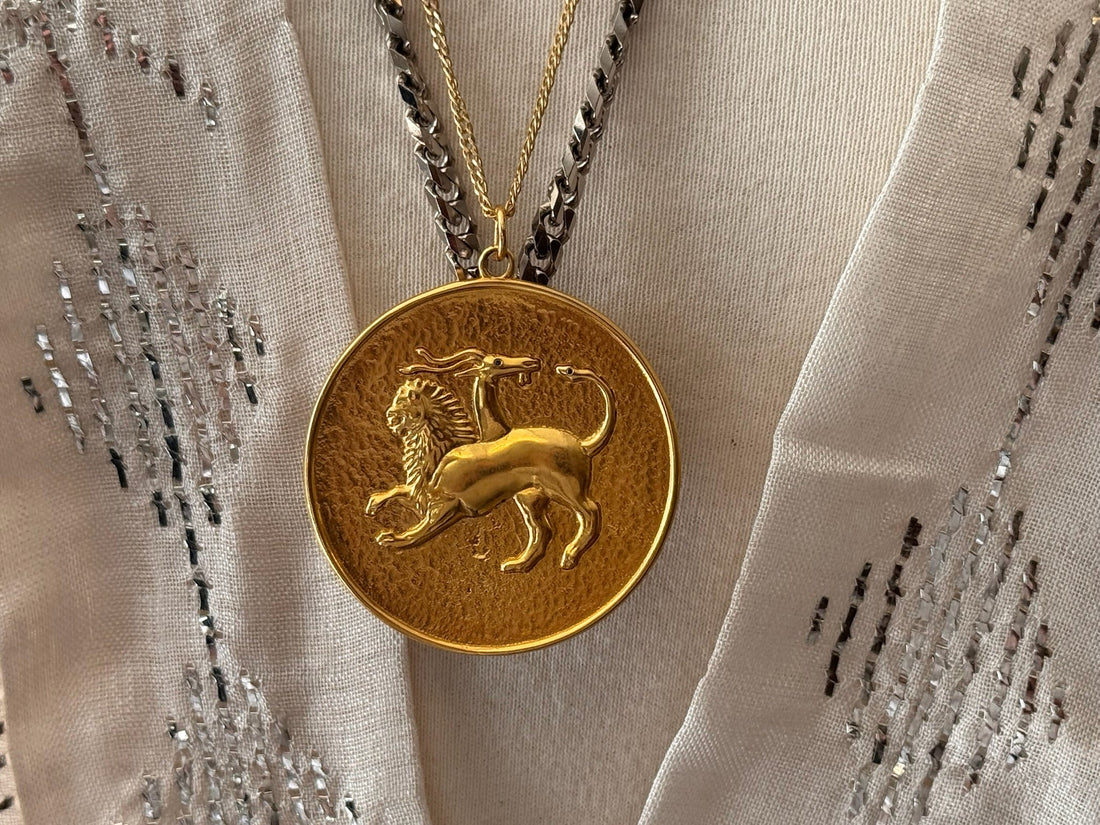
Share
Only in Paros: Threads of Memory—The Revival of Tulle-bi-Telli
There are certain materials that seem to shimmer with story. Tulle-bi-telli—sometimes called Assuit—is one of them. Woven with delicate threads of flattened metal, this textile tradition hails from Egypt, where it was once worn during celebration, ceremony, and dance. Today, it finds new life at Anthologist in an exclusive summer capsule for our Paros locations—Cosme and Parīlio.

Anthologist founder Andria Mitsakos first encountered the textile in an antique shop in Paris. “It was a vintage piece—fragile, magical,” she says. “Further research led me to Cairo. I was hooked.”
This encounter began a collaboration with a craftswoman who journeys from southern Egypt to Cairo to sell her work, echoing the old trade routes that once defined the region. Together, they developed an exclusive series for Anthologist: scarves, home accents, dresses, and kimonos—all finished with the metallic geometry that makes Assuit so mesmerizing.

Once a fabric of dowries, tulle-bi-telli found its way into high fashion. During the 1960s and 1970s, Yves Saint Laurent discovered these Egyptian textiles and incorporated their shimmering, mystical motifs into his collections, lending their Bedouin beauty a new kind of haute mystique. Anthologist honors this lineage—bridging North Africa and the Aegean, ancient tradition and contemporary living.
“To me, it’s the ultimate summer textile,” says Mitsakos. “While these weren’t traditionally worn the way we style them now—over a swimsuit or layered as a wrap—they translate effortlessly to the modern wardrobe. They feel like the past made wearable.”
Available only in the brand’s shops in Paros, this capsule represents Anthologist’s dedication to rarity, cultural preservation, and deeply considered design. “Each piece carries something,” Mitsakos reflects. “A bit of nostalgia. A sense of beauty. A thread of something larger than ourselves.”
Like summer itself, they’re fleeting. And that’s what makes them so special.

